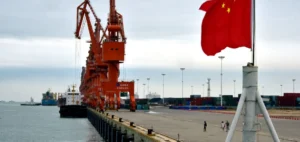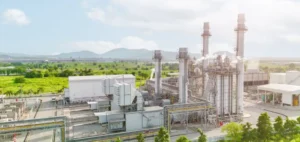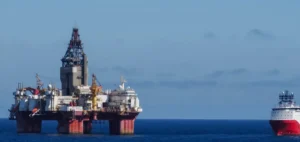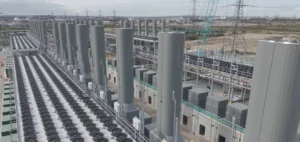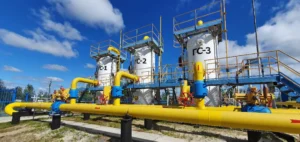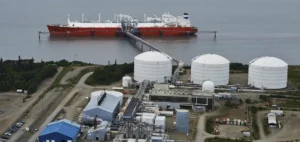Slovak Prime Minister Robert Fico stated that his government will examine the legal grounds for initiating proceedings against the European Commission, following the approval of the plan to end all natural gas imports from Russia by 2028. The initiative, part of the RePowerEU energy strategy, was adopted by qualified majority, without Slovakia’s support.
According to the head of government, the decision will have a particularly strong impact on the Slovak economy, which remains heavily dependent on Russian gas, similar to Hungary. He tasked Minister of Economy Denisa Saková, Minister of Foreign Affairs Juraj Blanár, and Minister of Justice Boris Susko with producing a report analysing the legal basis for a possible lawsuit.
The dispute over energy commitments
Robert Fico recalled that Slovakia did not support the measure within the Council of the European Union and that the Commission had committed to compensating the most exposed member states. “Everything will depend on how the European Commission fulfils its commitments to Slovakia,” he said, referring to guarantees signed by the President of the Commission.
The Slovak government also accuses Brussels of acting in violation of EU law by imposing energy decisions without unanimous consensus. It highlights the need to maintain energy supply security in a context where alternatives remain limited for certain Central European countries.
Opposition to frozen Russian assets transfer
The Prime Minister also voiced his opposition to the European project to transfer frozen Russian assets to Ukraine. He referred to an amount of EUR140bn ($152bn) and highlighted the legal and diplomatic risks of such a mechanism, pointing to potential consequences for EU member states with assets in Russia.
According to Robert Fico, the measure could lead to retaliatory action by Russia and trigger multiple arbitration proceedings against European Union countries. He called on European institutions to act with legal and political restraint in decisions likely to generate additional geopolitical tensions.





